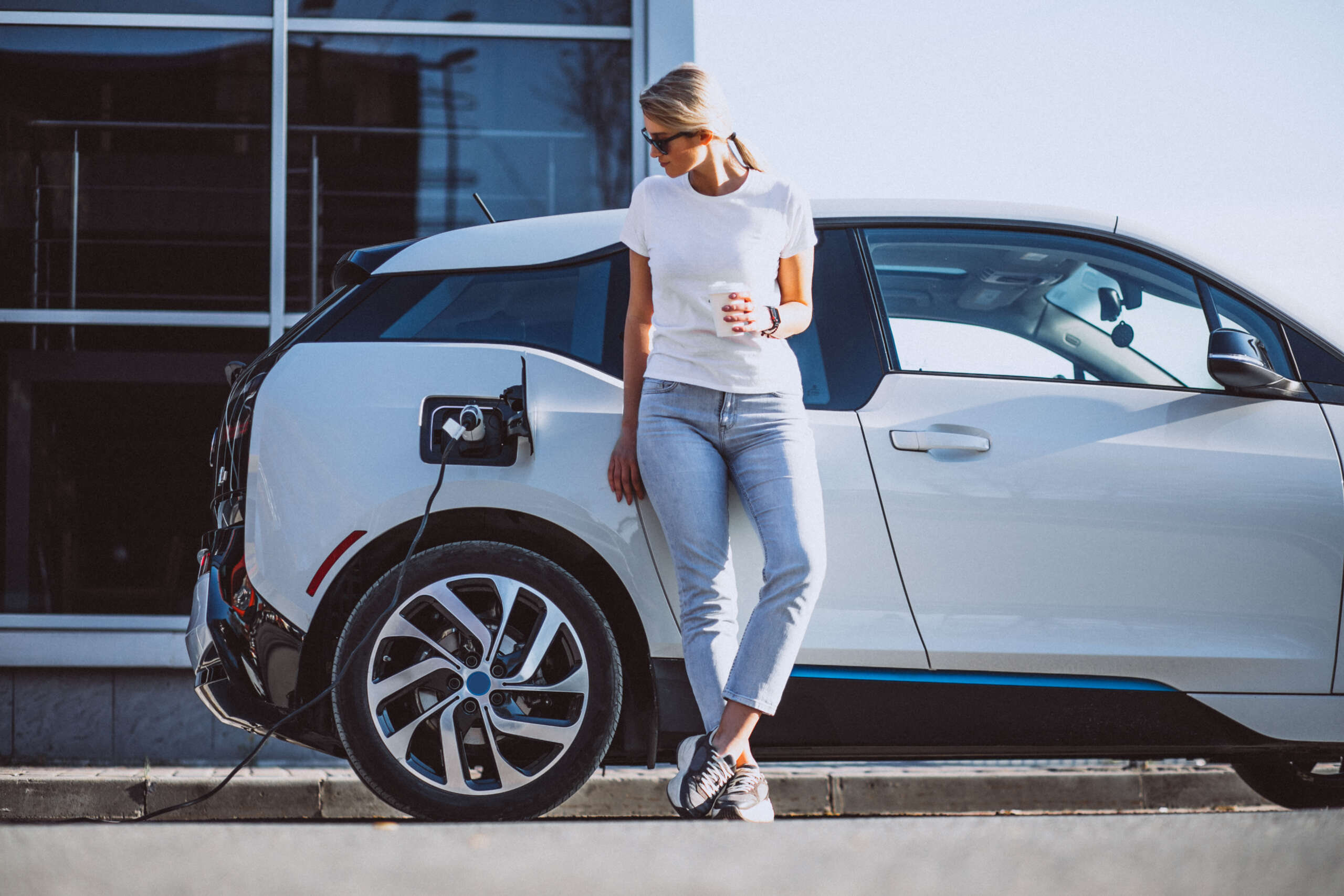- A variety of features are available across the now-wide range of electric vehicles.
- Estimated driving ranges vary from 200 to almost 400 miles.
- Electric vehicles range from affordable options at $27,440 to luxury vehicles costing over $100,000.
Electric vehicles (EVs) offer low fuel costs and fewer negative environmental effects than gas-powered cars. They also deliver a uniquely fun driving experience. With more EV options entering the market from almost all manufacturers, it’s easy to see the appeal of transitioning from conventional motor vehicles to fully electric models.
With so many new options to pick from, selecting the right EV for your lifestyle and budget can be overwhelming. Buying an EV comes with its own set of considerations, such as driving range or charging costs. You can find vehicles with dramatically different MSRPs, build types, and technology. To make your transition to driving an EV easier, check out these important considerations when purchasing an electric vehicle.
Electric vs. Hybrid vs. Conventional
The three main types of vehicles are all-electric, conventional, and hybrid. Different types use different motor technologies.
Conventional gas vehicles are powered by internal combustion engines (ICE), using gasoline or diesel. EVs, however, are powered by electrically charged batteries and one (or more) electric motors. Hybrid vehicles are a combination of the two, using both electric batteries and traditional fuel.
Some people opt for hybrids models instead of EVs, since they tend to have longer driving ranges. However, hybrids still produce emissions. They also require the same oil and engine maintenance of gas vehicles. EVs may have lower driving ranges and require regular charging, but they don’t need fuel or produce emissions. Since they run on electric motors, the driving experience is quiet but powerful.
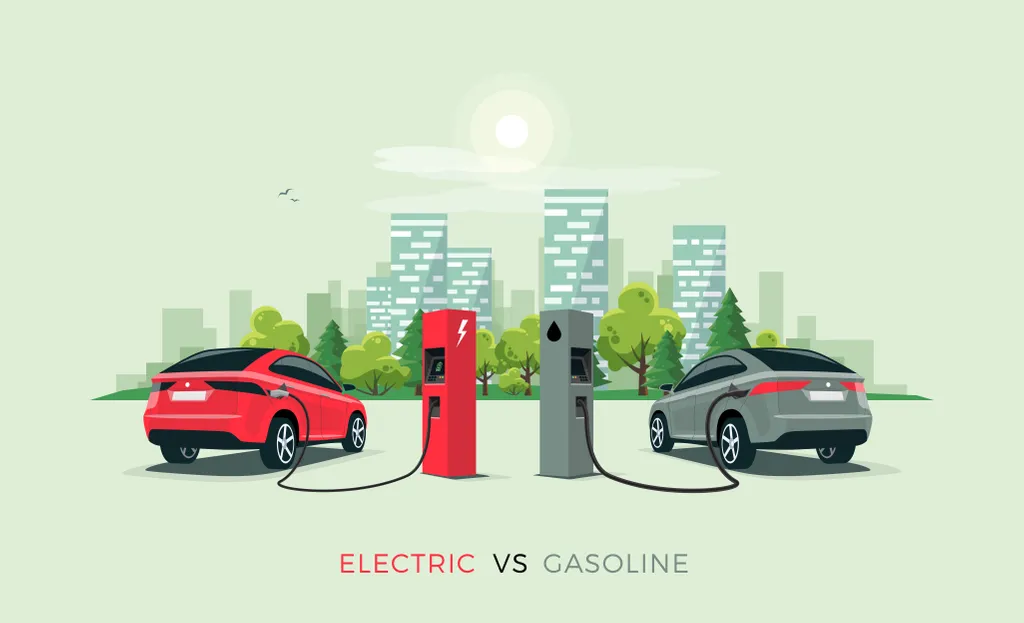 Shutterstock
ShutterstockHome Charging
About 80% of EV owners charge their vehicles at home. Although you can technically use a regular outlet to charge your EV (known as level one charging), this option is generally inefficient. A standard household outlet can take over 24 hours to charge most EVs. Level two charging stations come with higher voltage plugs and specialized outlets. They can usually be installed near wherever you park your vehicle at home.
While more homes and apartment buildings now have level two charging stations (and you can likely expect most homes to have them in the future), you most likely will need to install your own for now. This may require special permits and professional installation. Level two charging stations come with a variety of features, with smart stations letting you schedule charging sessions or view your battery and charging status from your smartphone.
Keep in mind your area’s electricity costs, too. Although you’re saving costs on fuel, you still need to pay to power your vehicle when you consume energy to charge the battery. Energy costs may vary according to location, season, and other factors, affecting how much it costs to charge. For example, if electricity costs $0.15 per kWh and your EV consumes 70 kWh to charge fully, then it costs $10.50 per charge.
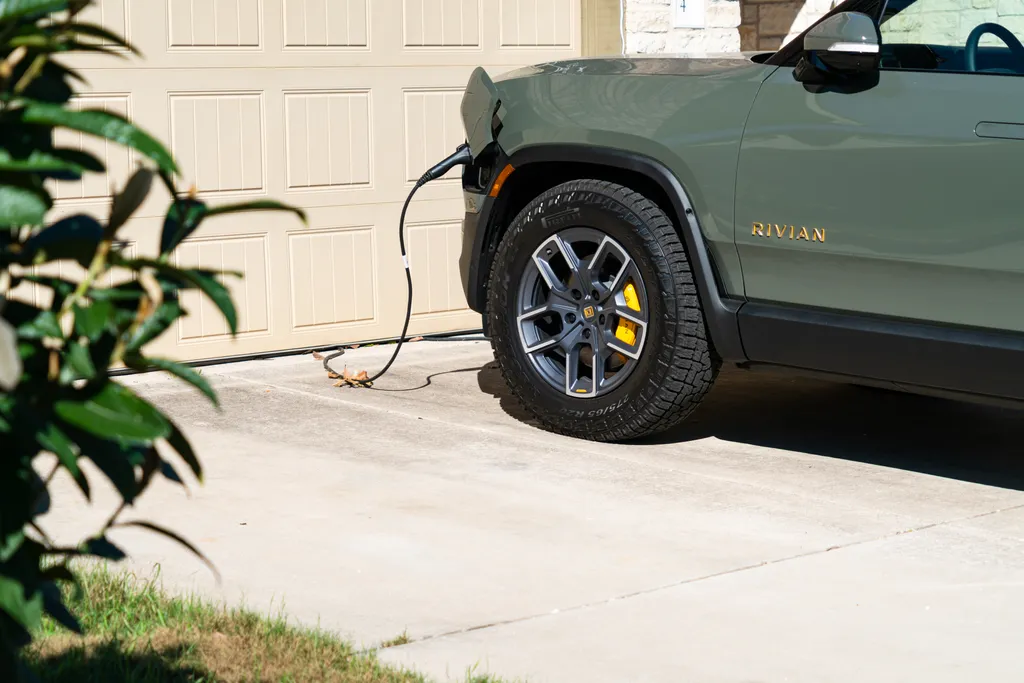 Shutterstock
ShutterstockPublic Charging
If you have a long commute or want to take your EV on road trips, then charging at home likely won’t be enough. There are enough public charging stations in most areas that your vehicle’s driving range shouldn’t be an issue. However, it’s definitely worth having a plan for utilizing public charging.
Google Maps and other apps can help direct you to charging stations in or around towns. Tesla has its own Supercharger network of over 3,000 stations globally that Tesla owners can navigate to using the Tesla infotainment center. Although Superchargers can charge up to 80% in just 15 minutes, they also come with higher fees than home charging systems.
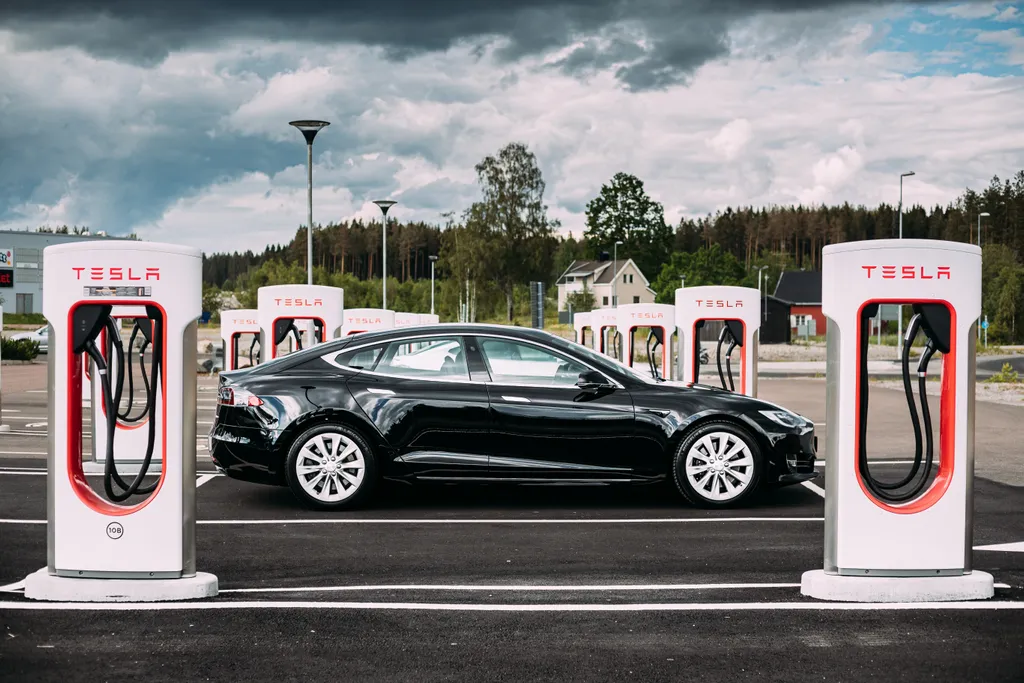 Shutterstock
ShutterstockRange
When EVs were first introduced, many consumers struggled with range anxiety. That was the fear that their EV would end up with a dead battery at the most convenient time. Most of the new models in the EV market have at least a 200-mile range, which is more than enough for most daily use. The Tesla Model S even has up to a 375-mile estimated driving range.
If you’re going on long trips, you may still need to top up your battery at public charging stations. Consider your local climate as well, since extreme temperatures may cause batteries to lose their charge more quickly.
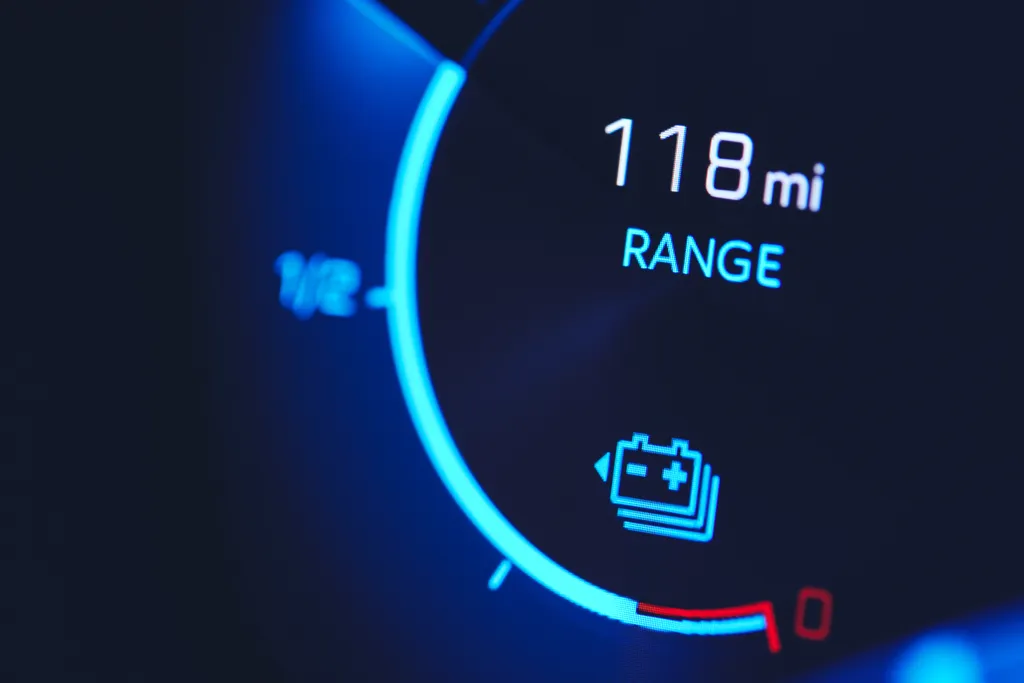 Shutterstock
ShutterstockBudget
New EVs are generally pricier than gasoline-powered counterparts. One of the most expensive EVs, the Mercedes-Benz EQS, starts at $102,310. More affordable options include the compact Nissan Leaf at $27,400 or the Hyundai Ioniq 5 at $43,650.
You can also consider the reduced costs that come after your initial EV purchase. One report suggests that EV owners may save up to $1,200 yearly compared to the costs of fueling a gas vehicle. You’ll also save on regularly scheduled engine maintenance, like oil changes and transmission service, since your EV doesn’t need those.
 Shutterstock
ShutterstockTax Credits and Incentives
To help offset the upfront cost of an EV, federal and state governments may offer tax credits and financial incentives for qualifying vehicles. The U.S. Department of Energy offers tax credits of up to $7,500 for certain EVs, with amounts depending on the vehicle’s battery capacity.
Likewise, the state of California offers grant programs to help consumers transition from gas to cleaner EVs. They also help to offset charging station installation costs. Not all vehicles qualify, though. Check your preferrred EV’s eligibility before purchasing or leasing.
 Shutterstock
ShutterstockLeasing vs. Purchasing
As with gasoline cars, leasing or purchasing vehicles each has respective advantages. If you purchase a vehicle, you’re responsible for its immediate and long-term depreciation. EVs may also depreciate faster as technology continues to advance. Although depreciation isn’t a factor if you’re leasing the vehicle, leasing an EV means that you may not qualify for certain tax breaks that would otherwise offset depreciation.
Leasing also means that you can swap your vehicle for a newer model as technology improves or as your vehicle’s quality and battery life degrade. The leasing vs. buying debate remains the same for EVs, with pros and cons on both sides depending on your lifestyle needs.
 Shutterstock
ShutterstockWarranty
You should consider warranty options for any vehicle, but especially if you’re purchasing an EV. Current federal regulations mandate that battery packs must be covered for at least either eight years or 100,000 miles. Some vehicles have warranty options for up to 10 years, while others have an unlimited amount of warranty miles.
This means that should your battery degrade or fail early in your vehicle’s life, you should be able to have its replacement covered by the manufacturer.
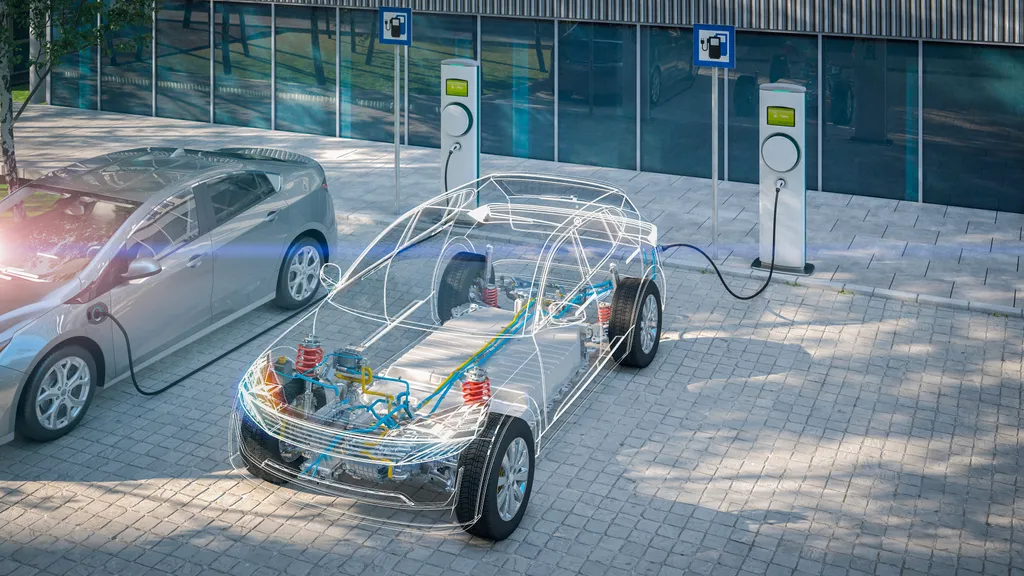 Shutterstock
ShutterstockInsurance
Electric vehicles cost more to repair and are more easily damaged than gas-powered vehicles. Parts are expensive and are generally only provided by the manufacturer, rather than by aftermarket providers. Batteries are also necessary and costly to repair if there’s any damage whatsoever.
These factors mean that car insurance for an EV usually costs more. On average, annual insurance premiums are about 15% more expensive than gas-powered vehicles. Make sure you factor this additional cost into your budget.
 Shutterstock
ShutterstockNew vs. Used
Purchasing a new EV means that you’ll get the latest technology and a wide selection. However, a used EV can be a good option if you’re looking for a budget-friendlier option and are okay with reduced driving ranges. Vehicles such as the Nissan Leaf have been on the market for years, which means used options may be available for under $10,000.
While the battery in a used vehicle may have degraded or failed altogether, it may not be an issue if the vehicle’s battery is still covered by the federally mandated warranty mentioned earlier. It may also be ultimately cheaper to buy a used EV and pay for a battery replacement out of your own pocket.
 Shutterstock
ShutterstockDriving
Driving an EV may take some time to adjust to. Torque and acceleration for some vehicles may be staggering at times. For instance, the Tesla Model S Plaid goes from zero to 60 in just 1.99 seconds. If you’ve only ever driven a more sluggish ICE vehicle, prepare for a learning curve.
Many EVs also use regenerative braking to maximize driving efficiency. Instead of using a separate pedal to apply friction brakes, lifting off the accelerator pedal automatically applies a braking action. This action may be more or less aggressive depending on the manufacturer, so it’s important to test several models to see which feels most natural.
 Shutterstock
Shutterstock2WD vs. AWD
Electric vehicles may sometimes come with more than one motor. Two-wheel drive (2WD) EVs have just one motor operating all or the front axles. Meanwhile, all-wheel drive (AWD) EVs often have dual or triple motor systems that operate the front and rear independently. AWD can be more expensive upfront, but also improves overall performance, efficiency, and battery life.
EVs that have AWD can sometimes see reduced range though, as the power goes to all wheels instead of two. For those who need every last mile out of their EV, opting for EV may mean more frequent charging. Plan your shopping accordingly.
 Shutterstock
ShutterstockMaintenance
Although EVs don’t require the same degree of maintenance as a combustion-engine car, maintenance and repairs can still be costly if they don’t fall under the warranty. While older gas-powered vehicles can become more expensive to maintain over time, EVs generally have consistent maintenance costs.
You won’t need oil changes or transmission service. However, there’s still a lot of battery technology and other moving parts in your EV. The most obvious example is in your wheels. Your tires, brakes, and bearings can still wear out. To make matters slightly worse, servicing an EV typically requires going directly back to the dealer. The technology is still new and highly specialized, meaning your trusted (and cheaper) local auto shop might not be up for the job.
 Shutterstock
ShutterstockExtra Features
The range of EVs includes vehicles with many extra features. Tesla offers an extensive infotainment system and the still under-development self-driving feature, but at steep costs. Consider other options such as charging subscriptions, connectivity options, and other technology.
Many EVs include a wide array of cameras, smartphone apps, and even on-screen entertainment (Netflix or video games). There’s no doubt that the technology contained in many EV models is cutting edge and very cool. Just make sure that you’re not busting your budget for a bunch of bells and whistles that you’ll only use once or twice, before going back to simply driving your EV from point A to point B.
 Shutterstock
Shutterstock